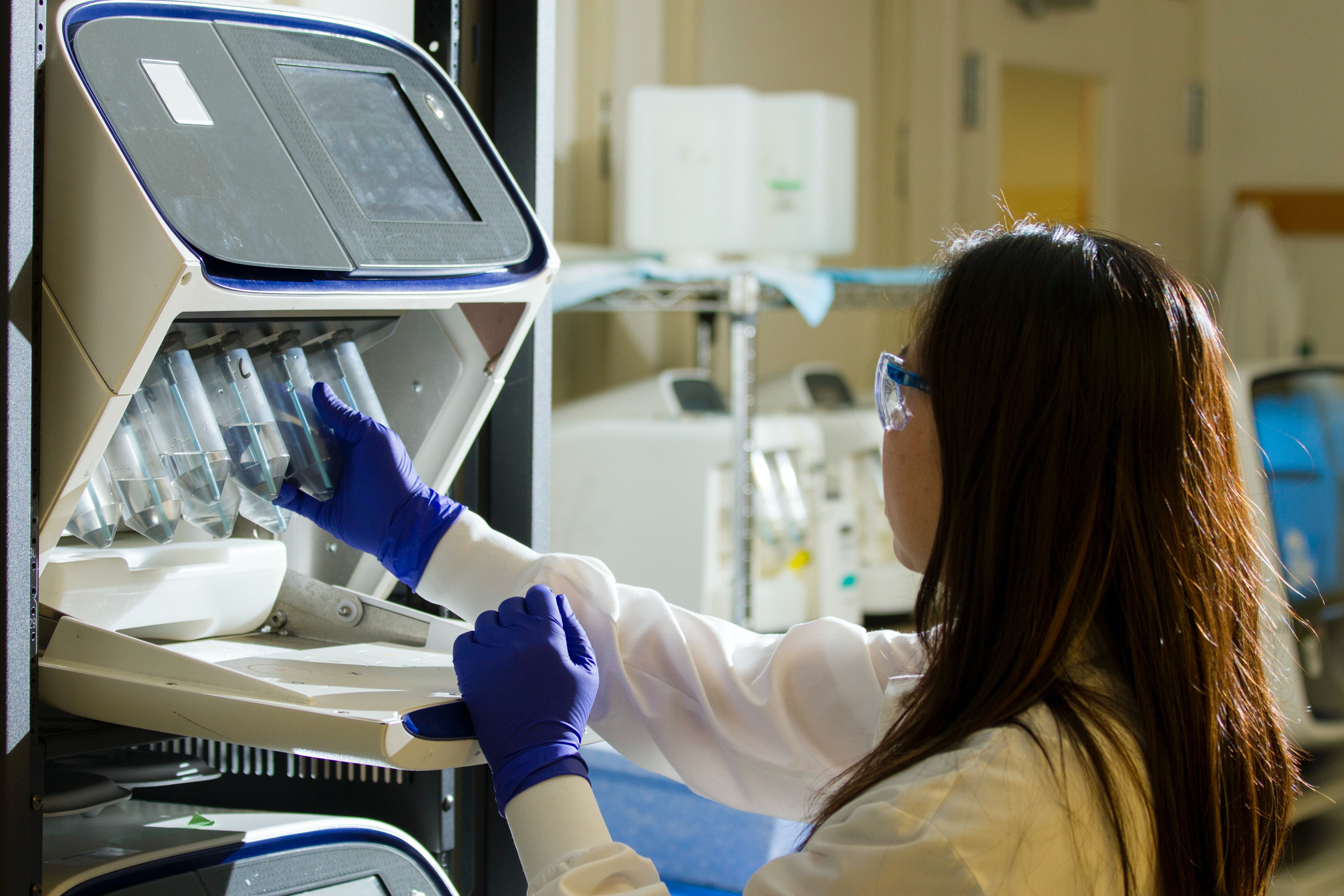
There is much to be gained if we combine modern electronic information gathering and analysis capabilities with sensors and communications to diagnose and treat patients. Consider the current situation.
Over the last several hundred years, the rate of innovation in medicine, biotechnology, electronic and information technology has accelerated. More recently, innovators have begun to utilize the power of electronics to gather, process, report and act on information collected with a variety of sensors. The heart pacemaker is an early example. Early versions utilized blood draws and sophisticated analysis conducted in laboratories, using big machines that required the patient’s physical presence. Today, electronics and sensor technologies have evolved to the point where massive amounts of information can be gathered and processed in a portable, battery-powered device, enabling remote diagnosis and monitoring.
Several important contributions in electronic, medicine and biotechnology over the past few decades have brought us to where we are today. Some of the devices have come from combining science and an understanding of the life sciences with electronic and information processing include the pacemaker that ensure hearts beat on time; cochlear implants that restore hearing to the hearing-impaired; nerve stimulators to reduce pain; molecular diagnostics of bacterial and viral infections using DNA sequencing; and, more recently, CRISPR-9 to repair DNA and correct genetic “mistakes.”
The number of innovations will continue to grow as medical and biotech practitioners learn more about the functions of living organisms, and as electronics gain processing power and the ability to gather more data to open new access to information. When the medical and biotech communities work with electronics, physicists and information scientists, they conceive of a rapidly increasing number of devices to diagnose and treat diseases and improve quality of life.
Moore’s Law defines the historic ~40%-per-year rate of improvement in density, capability and cost of semiconductor devices that Gordon Moore articulated in 1965. Since then, the size of semiconductor devices fell about 50% every 2 years, primarily due to continual shrinking of transistors. However, after all these years of innovation, the size of transistor features is now approaching the size of individual atoms, meaning that soon, this method of improvement will no longer be feasible.
As a result, the industry has begun seeking out alternate methods of continuing to improve electronic devices. Beyond heterogeneous integration (HI), these methods include wafer-to-wafer bonding, chiplets, through-silicon vias (TSVs), thermocompression bonding (gold-to-gold with heat and pressure), copper pillars with solder, and high-density flip chips (<100-micron pitch with thousands of pillars), to name a few. HI was introduced around 2018 and is another technological approach that enables the electronics industry to extend Moore’s Law.
Sensing components in medical and biotech devices often place severe restrictions on the assembly methods that can be employed, which is part of what is driving heightened demand for HI. It is the newest frontier for the medical and biotech manufacturing services industry to contribute our own innovations by developing the processes to build these unique combinations of electronic, sensing, communication, and “effecting” devices.
In Heterogeneous Integration Device Assembly: Key to Enabling Additional Innovations, we will explore how HI is being used to enhance the functionality of today–and tomorrow’s–medical devices.